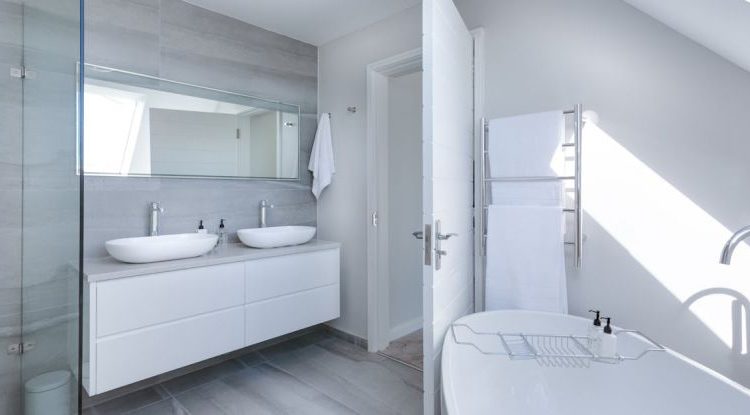
A damp and humid environment like the bathroom is a perfect breeding ground for mold and mildew. These unsightly fungi not only look unpleasant but can also have adverse effects on health, triggering allergies and respiratory issues. To maintain a clean and healthy bathroom, it’s crucial to take proactive measures to prevent mold and mildew buildup. By incorporating a few simple habits and strategies into your bathroom maintenance routine, you can keep these unwelcome guests at bay and ensure a fresh and hygienic space for you and your family.
Understanding Mold and Mildew
Before diving into prevention methods, it’s essential to understand what mold and mildew are. Mold and mildew are types of fungi that thrive in moist and warm environments. They reproduce by releasing spores into the air, which can settle on various surfaces and grow rapidly under the right conditions. In the bathroom, mold and mildew commonly develop on walls, ceilings, grout lines, shower curtains, and any other surface that is frequently exposed to moisture.
Ventilate Your Bathroom
Proper ventilation is key to preventing mold and mildew in the bathroom. When hot showers or baths are taken, the steam generated increases the humidity levels in the room, creating an ideal habitat for mold growth. To combat this, ensure your bathroom is well-ventilated by using exhaust fans or opening windows during and after showering. Allowing fresh air to circulate will help reduce moisture levels and inhibit mold and mildew formation.
Keep Surfaces Dry
One of the most effective ways to prevent mold and mildew in the bathroom is to keep surfaces dry. After using the shower or sink, wipe down wet surfaces with a squeegee or towel to remove excess moisture. Pay particular attention to areas prone to water accumulation, such as shower walls, bathtub edges, and faucets. By keeping surfaces dry, you eliminate the moisture that mold and mildew need to thrive.
Fix Leaks Promptly
Leaky faucets, pipes, or fixtures can contribute to excess moisture in the bathroom, creating an environment conducive to mold growth. If you notice any leaks, whether minor or significant, it’s crucial to address them promptly. Repairing leaks not only conserves water but also helps prevent mold and mildew from taking hold in your bathroom. Regularly inspect your plumbing fixtures for any signs of leaks and attend to them as soon as possible.
Clean Regularly
Regular cleaning is essential for maintaining a mold and mildew-free bathroom. Use a mildew-resistant cleaner to scrub surfaces like tiles, grout, and shower curtains to prevent fungal growth. Pay attention to hidden spots where mold can thrive, such as behind the toilet, under the sink, and in corners. Additionally, wash bath mats, towels, and shower curtains regularly to prevent mold spores from spreading.
Use Mold-Resistant Products
Incorporating mold-resistant products into your bathroom can provide an extra layer of protection against mold and mildew. Opt for paint, caulk, and grout that are specifically designed to resist mold growth. These products contain additives that inhibit fungal development, making them ideal for high-moisture areas like the bathroom. Investing in mold-resistant materials can help prolong the time between cleanings and reduce the likelihood of mold and mildew buildup.
Maintain Proper Sealants
Sealing gaps and cracks in the bathroom is crucial for preventing moisture intrusion and mold growth. Check the caulking around sinks, bathtubs, and showers regularly and reseal any areas that show signs of wear or damage. Properly sealed surfaces prevent water from seeping into crevices where mold can take hold. By maintaining tight seals, you create a barrier against moisture and reduce the risk of mold and mildew issues.
Create a Preventative Routine
Consistency is key when it comes to preventing mold and mildew in the bathroom. Establishing a regular maintenance routine can help you stay on top of cleaning and maintenance tasks, reducing the likelihood of fungal growth. Set aside time each week to wipe down surfaces, check for leaks, and inspect sealants. By making prevention a habit, you can effectively combat mold and mildew before it becomes a significant problem.
Conclusion:
By implementing these preventative measures, you can effectively combat mold and mildew buildup in your bathroom. From proper ventilation to regular cleaning and maintenance, taking proactive steps to control moisture levels and inhibit fungal growth will help you maintain a clean and healthy bathroom environment. With a little effort and consistency, you can enjoy a fresh and mold-free space for years to come.





